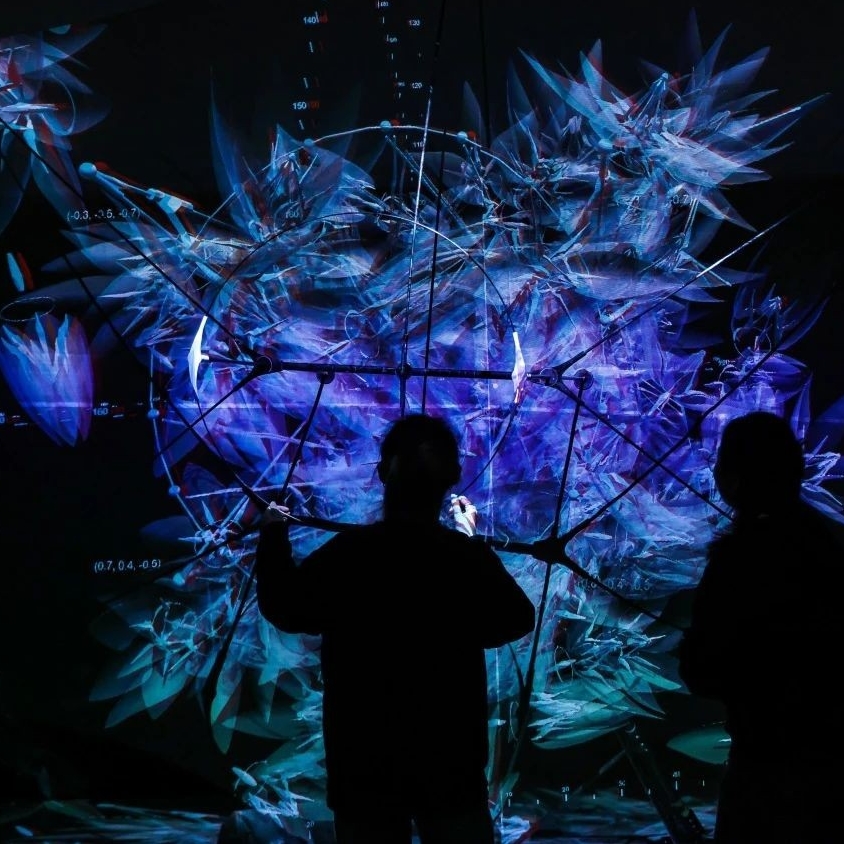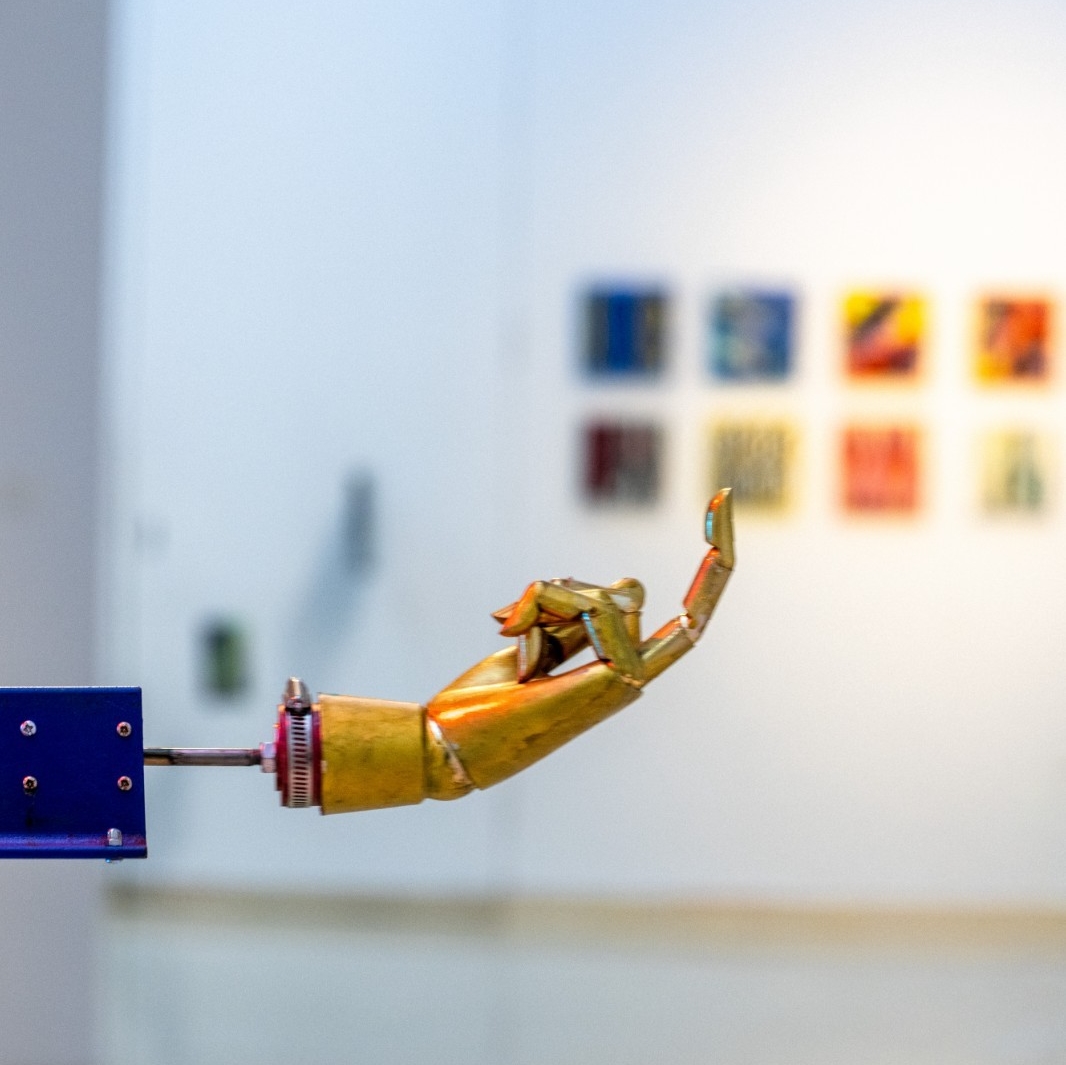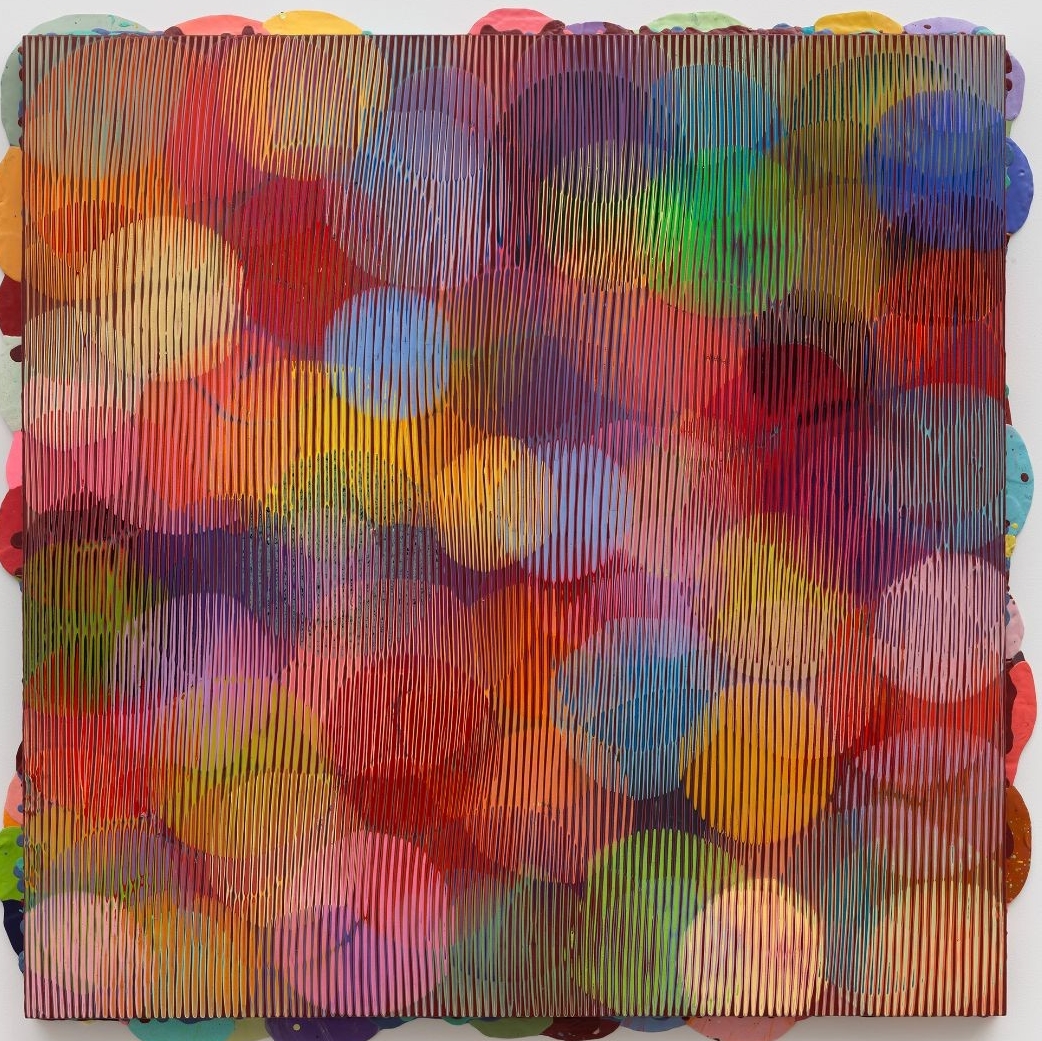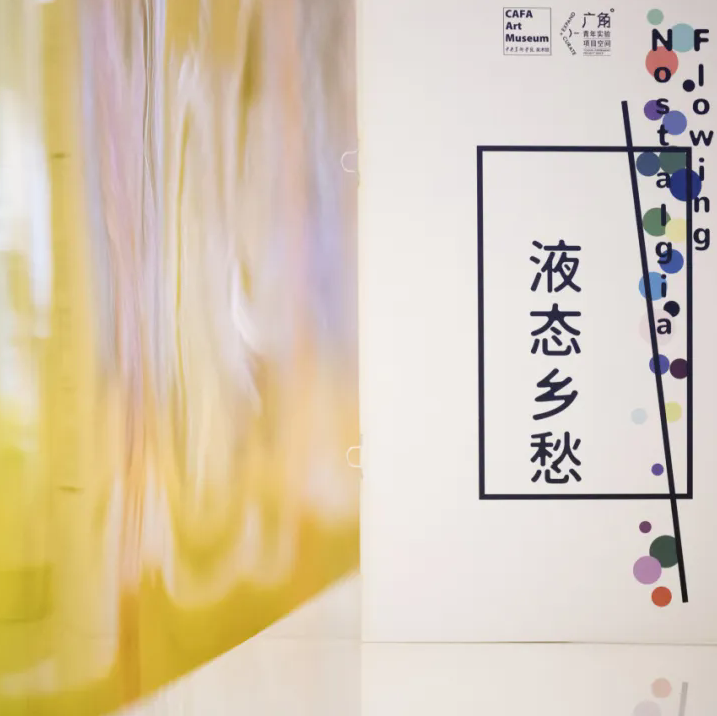 Safety Jacket: A Mourning in Chinatown, 2018. Terence Nicholson (American, born 1968). Mixed media. Smithsonian Anacostia Community Museum, 2022.1.1.
Safety Jacket: A Mourning in Chinatown, 2018. Terence Nicholson (American, born 1968). Mixed media. Smithsonian Anacostia Community Museum, 2022.1.1.
The Smithsonian Asian Pacific American Center (APAC) announces its first museum exhibition in a decade with “Sightlines: Chinatown and Beyond,” opening Sept. 7 at the Smithsonian American Art Museum. Installed in a gallery overlooking G Street NW in D.C.’s historical Chinatown neighborhood, the exhibition provides glimpses into the complexity and depth of Asian American connections to the city. It considers Washington, D.C.'s Chinatown as both a geographical focal point and a historical nexus, inviting audiences to take a closer look into Asian Americans’ contributions to the cultural and built environment of Washington, D.C..
“Sightlines” features more than 120 objects, including photographs, architectural drawings, sketchbooks and ephemera drawn from the Smithsonian and local private collections. The exhibition considers creative practices and civic engagement, efforts to preserve and reinterpret heritage and tradition, and the building of communities and coalitions across racial and ethnic boundaries in Washington from the 1970s to the present.
“The exhibition underscores the vital role Asian Americans have played in shaping the communities, landscapes and cultures in Washington, D.C.,” said Yao-Fen You, APAC’s acting director. “We are grateful to the Smithsonian American Art Museum for providing the venue for the presentation of some of these compelling and often overlooked stories. The museum’s location in D.C.’s Chinatown is perfect as an entry point for visitors to learn about our capital city from different perspectives.”
Guest curated by Sojin Kim from the Smithsonian’s Center for Folklife and Cultural Heritage with support from Adriel Luis, APAC’s curator of digital and emerging practice, and Mia Owens, curatorial assistant, “Sightlines” offers new vantage points on the cultural imprint of Asian Americans on the city through three narratives explored in the show’s three primary sections:

Friendship Archway, Streetscape at Seventh and H Streets NW, 1985–86. AEPA Architects Engineers PC
“Making Place” illuminates efforts to increase Chinatown’s visibility in the 1970s and ’80s, a period in which its survival was threatened. Architectural drawings by Alfred H. Liu, who designed the Friendship Arch marking the entrance to Chinatown, and archival materials related to the Eastern Wind Collective, a grassroots organization devoted to building pan-ethnic solidarity among Asian ethnic groups, are highlights of this section. While Liu sought to safeguard Chinatown by creating a newly built environment that would emphasize its Asian heritage and attract international visitors, Eastern Wind’s strategy looked to the past to reinforce a sense of community.
“Transforming Tradition” examines Asian martial arts as vehicles for self-expression and community building. Several schools and styles of martial arts flourished in Washington during the ’70s, resulting in the formation of a racially and ethnically diverse lineage of practitioners that continues today. Clothing, badges, trophies, photographs and artwork that chart the fascinating rise, spread and impact of martial arts in the city and beyond are highlighted in this section. Safety Jacket: A Mourning in Chinatown, was made by artist Terence Nicholson (b. 1968), a 19th-generation disciple of the Wudang Longmen (Dragon Gate) lineage. He created this sculpture with the Kung Fu sashes recovered after the closing of his teacher's school in Chinatown.
 MISS CHELOVE, also known as Cita Sadeli (American, born 1972), Rise Up! DC Stands United Against Hate (2020). Digital print, wheatpaste. Courtesy of the artist
MISS CHELOVE, also known as Cita Sadeli (American, born 1972), Rise Up! DC Stands United Against Hate (2020). Digital print, wheatpaste. Courtesy of the artist
“Visualizing Identity” centers on the work of MISS CHELOVE (aka Cita Sadeli), a contemporary Washington artist who draws inspiration from her Indonesian mother’s heritage and uses the tools and methods of graffiti and street art to claim space for multiple communities. Throughout the city, MISS CHELOVE’s vibrant murals celebrate her multicultural identity and her deep community connections that aim to encourage reflection on personal and communal obligations to cultural traditions. Original artwork and objects from the artist’s personal collection offer insight into how she connects the dots across the communities with whom she identifies.
The exhibition, which was designed by the award-winning firm TSKP x IKD and will run through Nov. 30, 2025, will have a companion website featuring education resources and a digital “Atlas” with content on a range of other sightlines into Asian American histories and experiences in the city. Recurring public programming will be produced in conjunction with the exhibition during its run.
About the Exhibition
Dates: September 7, 2024 —November 30, 2025
Venue: Smithsonian American Art Museum
Courtesy of the Smithsonian Asian Pacific American Center (APAC).




























